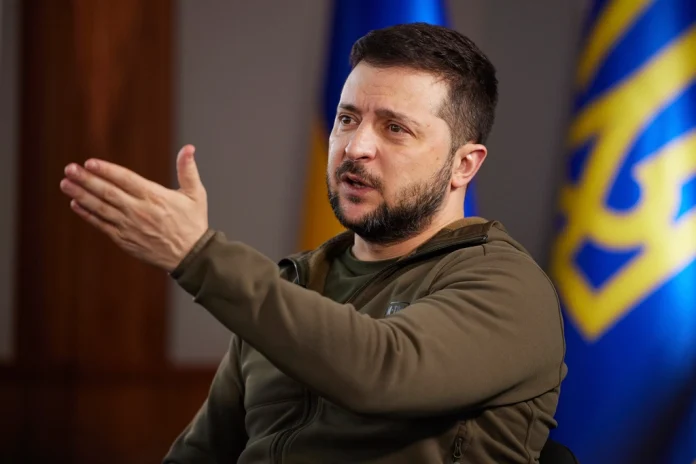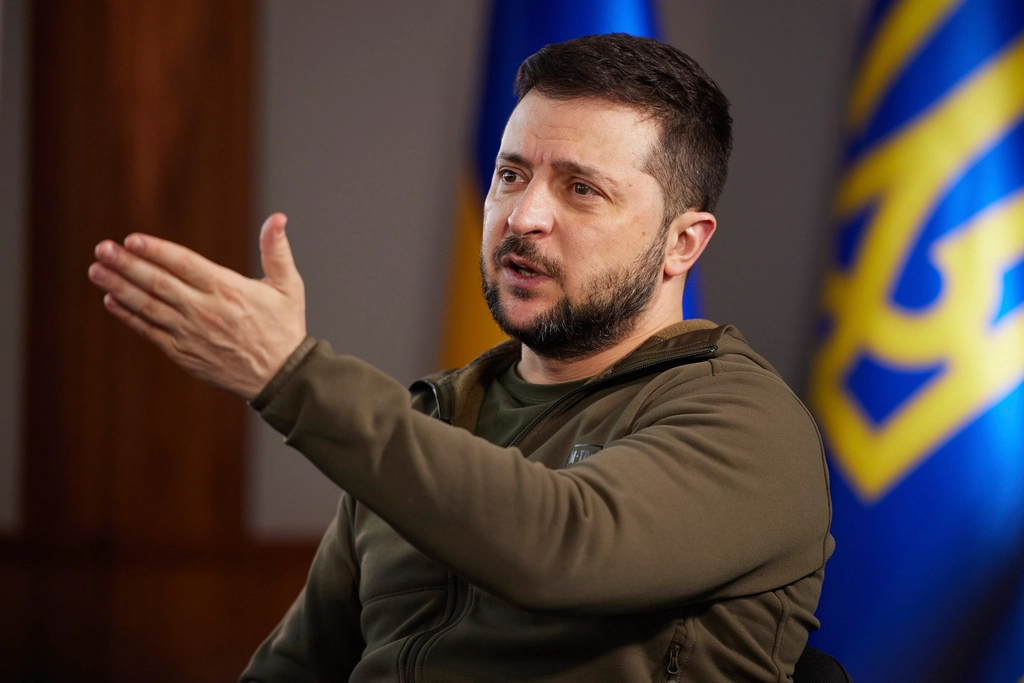
Addressing the United Nations General Assembly, President Volodymyr Zelensky delivered a dire warning Russia’s war won’t end at Ukraine’s borders. “Putin will continue to push the war wider and deeper,” he argued, calling for a united front to meet Moscow’s expansionist agenda. His words weren’t just about tanks and soldiers but algorithms and autonomy urging international rules on artificial intelligence in weapons before the global arms race gets out of hand.
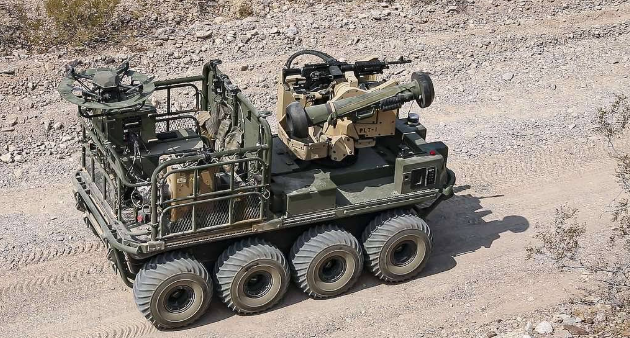
1. The AI-Controlled Battlefield
Zelensky’s reserve occurs as the war in Ukraine becomes an experimentarium for Lethal Autonomous Weapon Systems (LAWS). These AI-based platforms, which can detect and engage targets on their own, are now a reality. In Ukraine, 70–80% of battlefield fatalities are now caused by drones, with AI enhanced first-person view strike accuracy to approximately 80% from 30–50%. Both Russia and Ukraine are also competing to unveil autonomous aerial and ground systems, turning conventional war into a battle of algorithms.
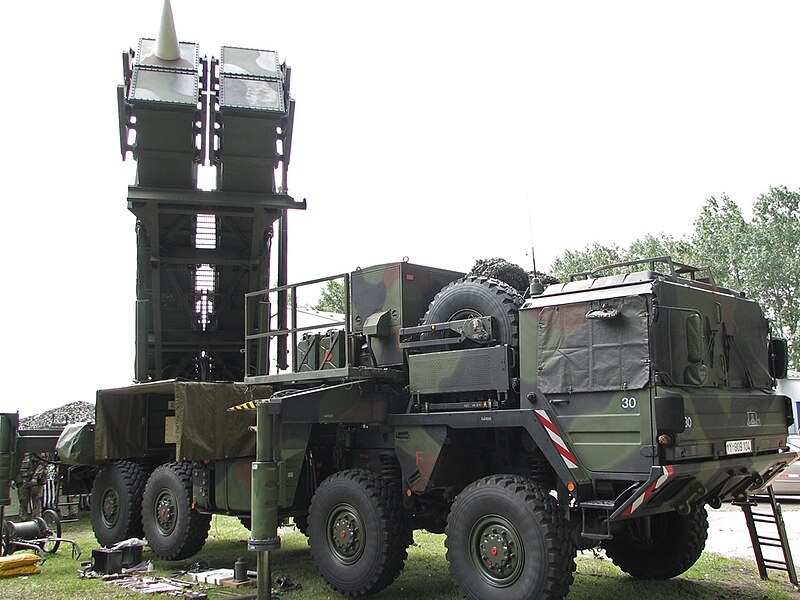
2. NATO’s Airspace Under Pressure
Russian recent intrusions into the airspace of NATO MiG-31s over Estonia, Geran drones over Romania, and drone sightings at Danish and Norwegian airports have prompted emergency consultations among alliance nations. NATO Secretary General Mark Rutte cautioned that such incursions are “escalatory, risk miscalculation and endanger lives.” Defense protocols now feature real-time threat assessments, with leaders such as Poland’s Donald Tusk promising to shoot down penetrating aircraft unreservedly. Such measures highlight the increasing overlap between conventional defense and AI-powered detection and intercept capabilities.
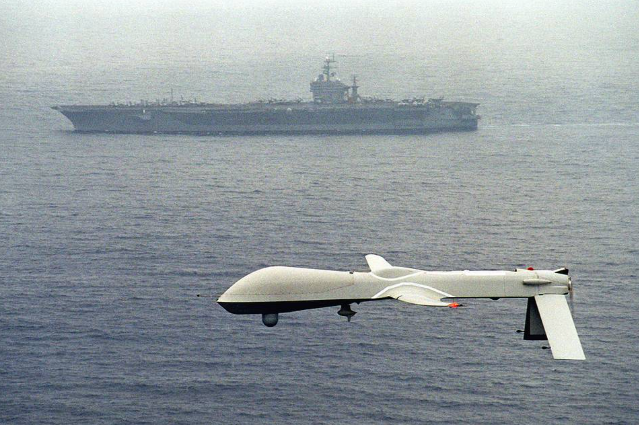
3. The Nuclear Drone Threat
Zelensky’s most chilling scenario involved the potential for “a simple drone carrying a nuclear warhead.” While no such system is confirmed, the miniaturization of payloads and autonomous navigation capabilities make this technically feasible. AI-driven targeting could, in theory, guide such a weapon with unprecedented precision, bypassing traditional missile defense systems. This possibility reinforces his call for binding global agreements to limit AI’s role in lethal force.
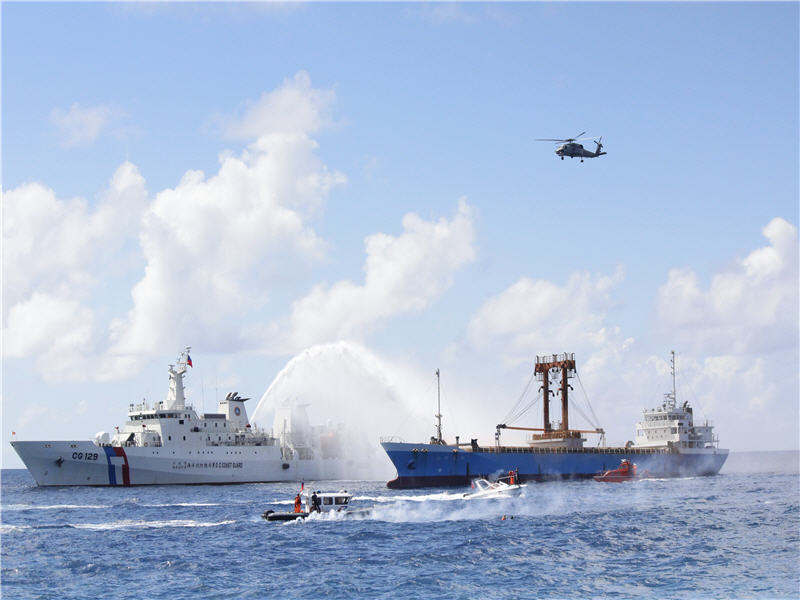
4. Moldova: The Next Front
Off the battlefield, Zelensky cautioned against Russian influence campaigns in Moldova a strategically important country that borders both Ukraine and EU-member Romania. Investigations uncover a Kremlin-sponsored network employing AI-forged disinformation to influence elections, orchestrated through encrypted messaging apps and paid for with sanctioned Russian banks. The sophistication of the operation marshaling social media manipulation, clandestine polling, and psychological targeting eo’s hybrid warfare practices already observed in Ukraine.
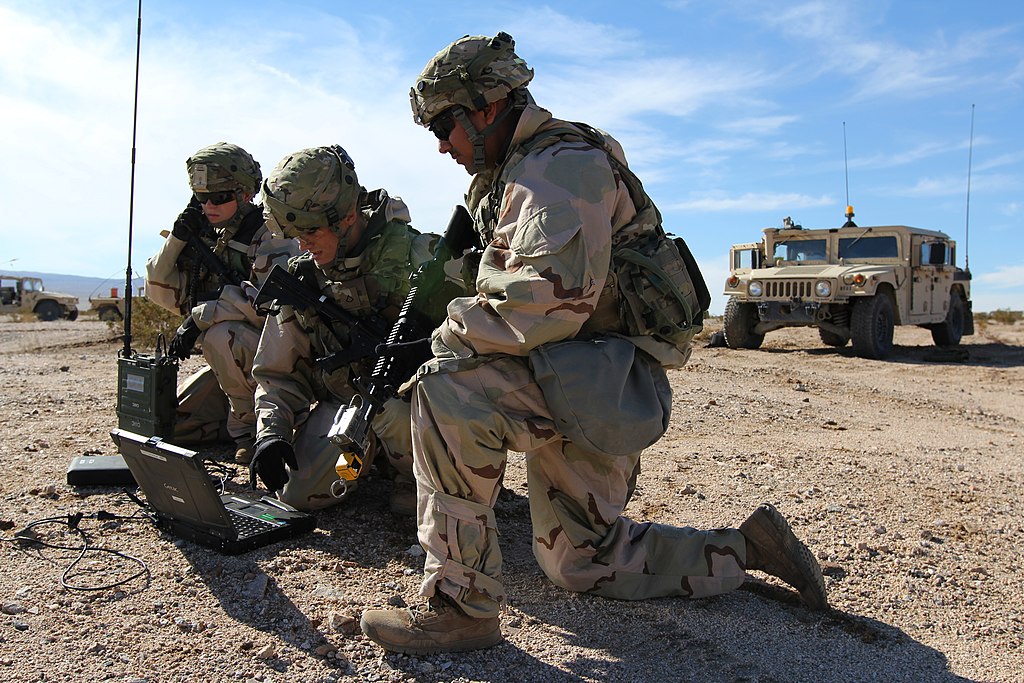
5. Hybrid Warfare and Cyber Operations
Russian operations in Moldova illustrate the technology aspect of hybrid warfare. Digital forensic investigations connect disinformation channels to identified Russian campaigns, with shared server configurations and metadata chains. Propaganda crafted with generative AI technologies such as ChatGPT illustrates the potential for repurposing civilian AI technologies for state-sponsored campaigns of influence. These techniques circumvent conventional censorship, taking advantage of regulatory loopholes in online political advertisement.

6. The Arms Control Gap
International debate on the regulation of LAWS continues stalled. The UN’s Group of Governmental Experts has articulated principles human control, target restrictions, and interaction limits but agreement remains elusive. Advances in AI systems such as GPT and RT-2 have sped up the processing of sophisticated battlefield information, erasing the distinction between human and machine decision-making. As Henry Kissinger and Graham Allison have contended, this is an “Oppenheimer Moment” for AI, with implications as significant as nuclear arms control.
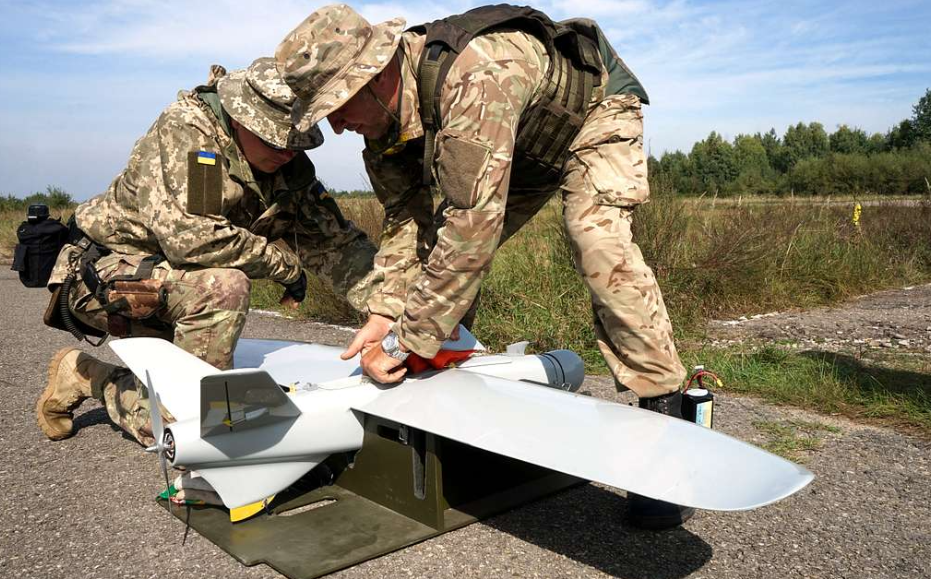
7. Drone Line Engineering
Ukraine’s Ministry of Defence is creating a “Drone Line,” a 15-kilometer autonomous kill zone on the front line, extendable to 40 kilometers. The system combines aerial surveillance with unmanned ground vehicles, forming layered defenses that could identify and nullify Russian units before they could engage. Such engineering capabilities take powerful algorithms, multispectral sensors, and hardened communications to survive electronic warfare.
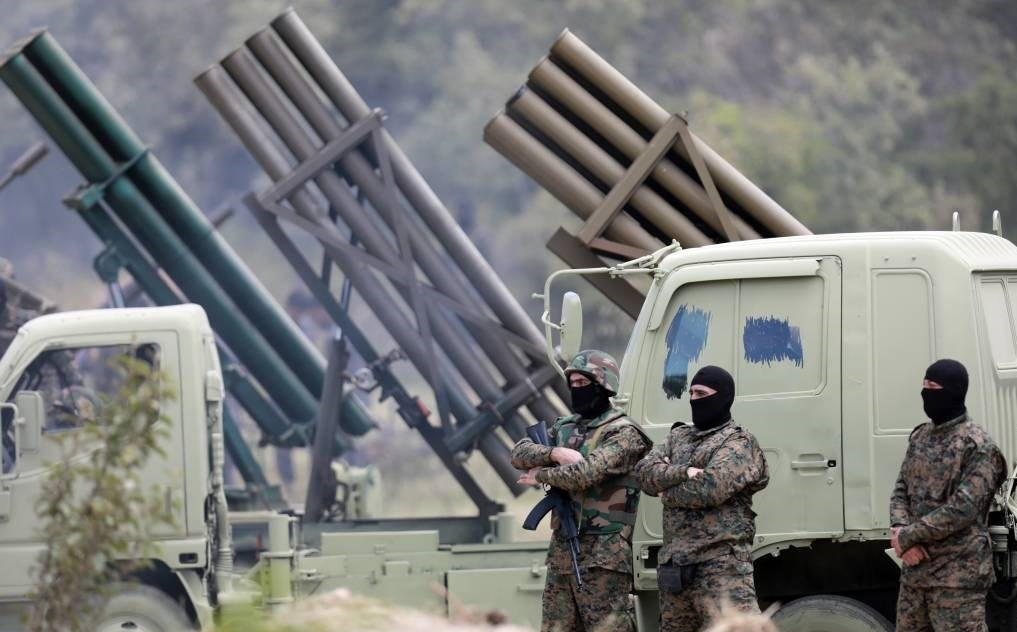
8. The Human Element
Though automation is on the ascendance, leaders such as Danylo of Ukraine’s 108th Territorial Defense Brigade continue to demand human judgment in life-or-death targeting choices. The logistical keelhaul-maintenance, repair, and redeployment remains human. Analysts caution that undue dependence on AI might leave militaries vulnerable to low-tech countermeasures, such as when Hezbollah employed fire-suppression blankets to foil Israeli bombing.
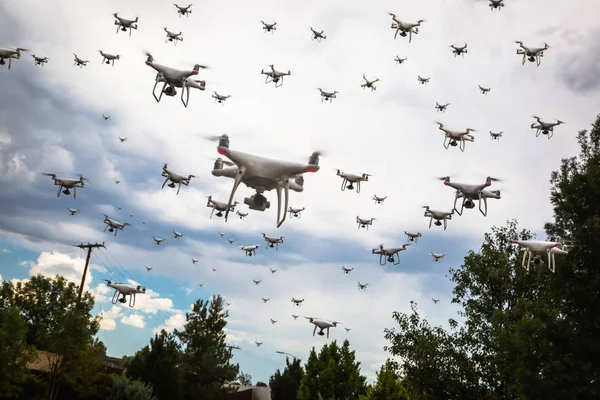
9. Strategic Implications
A pro-Russian Moldovan government might facilitate the strengthening of Transnistria with a further deployment of up to 10,000 Russian troops to threaten Odesa and compel Ukraine to shift forces. At the same time, AI-augmented swarms of drones might revolutionize the tempo of operations, rendering conventional camouflage and deception obsolete. The fusion of kinetic and informational warfare requires integrated approaches that marry engineering ingenuity with geopolitical vision.
Zelensky’s message was unequivocal: halting Russia today is not only about securing Ukraine it is about avoiding a technology-fueled war from spreading to more countries. In a time when AI can determine who is killed and who is not, the lack of international norms is not just a policy vacuum it is a developing security crisis.
